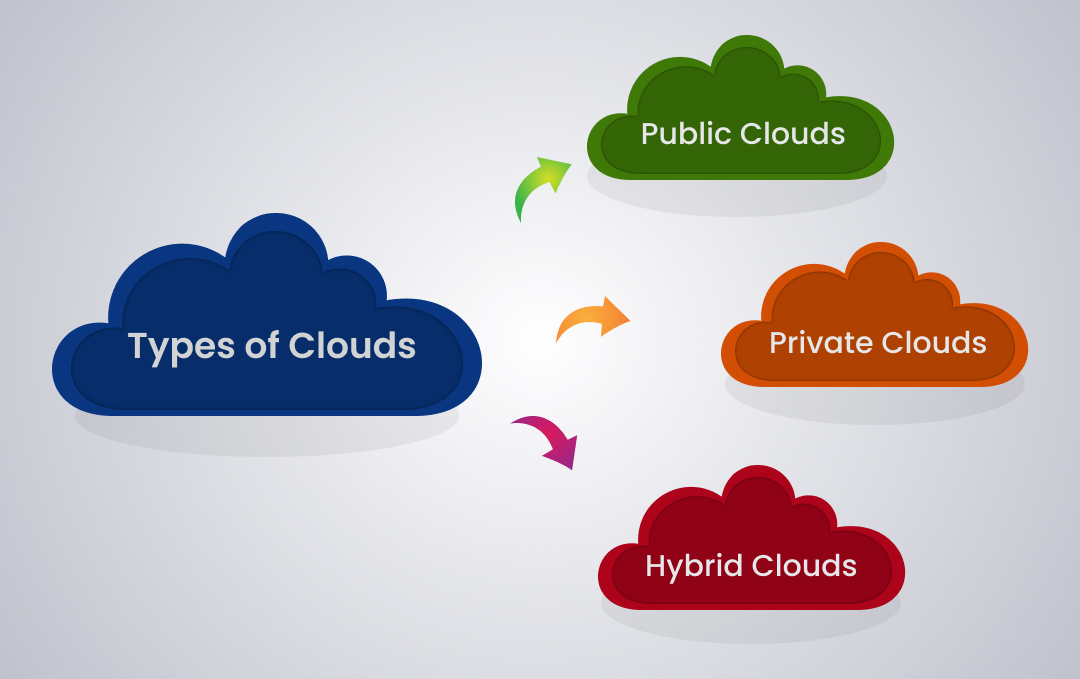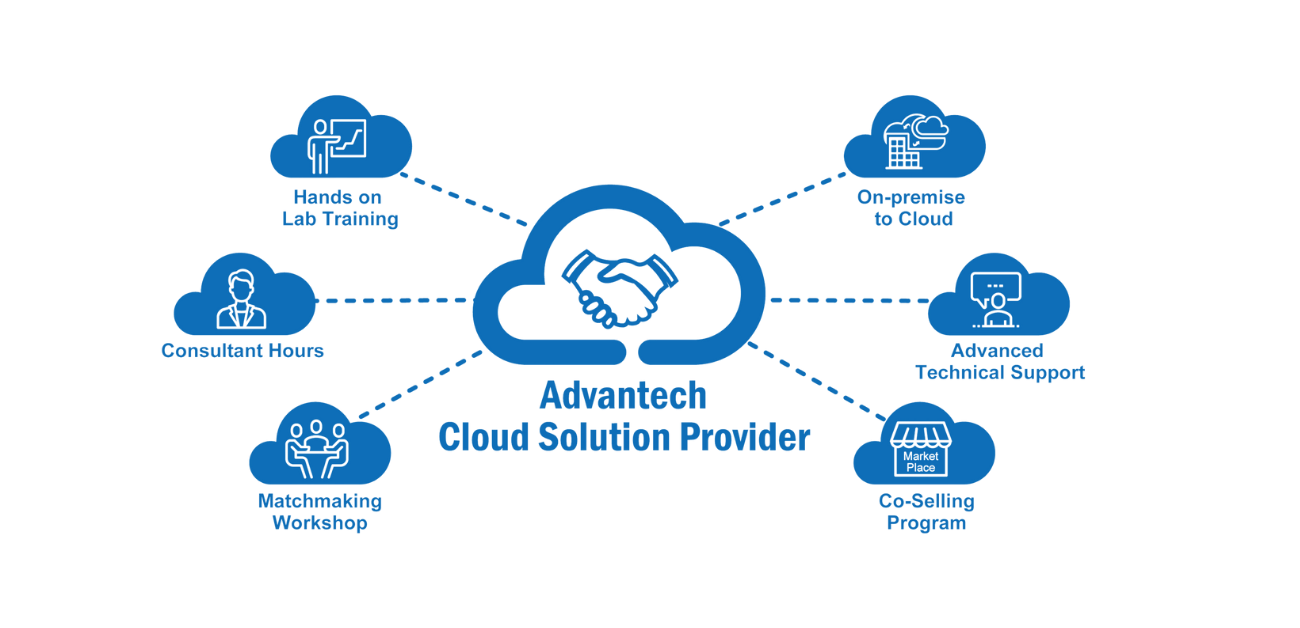Attain More with LinkDaddy Cloud Services: Enhancing Your Cloud Services Press Release Technique
Simplify Your Facilities With Cloud Services
As companies browse the ever-evolving landscape of innovation and data administration, the function of cloud services in simplifying infrastructure has actually become significantly noticeable. The attraction of streamlined processes, improved efficiency, and improved source allocation through cloud remedies is indisputable. Nevertheless, the trip in the direction of a more agile and economical IT facilities entails greater than simply migrating to the cloud. It needs a tactical technique and a deep understanding of the subtleties of cloud adoption. Just how can services effectively browse this transition and truly unlock the capacity of cloud solutions for streamlining their framework?
Benefits of Cloud Solutions
Cloud solutions offer a streamlined approach to managing IT infrastructure, giving organizations with versatility, cost-efficiency, and scalability. One of the essential benefits of cloud solutions is the scalability they provide.
Furthermore, cloud services remove the demand for businesses to invest in pricey equipment and software application. This cost-efficiency is a significant benefit, specifically for small to medium-sized business seeking to minimize ahead of time prices. By making use of cloud services, services can access high-quality IT resources without the hefty price related to traditional framework configurations.
In addition, cloud solutions offer organizations with the flexibility to access their data and applications from anywhere with a web link. This degree of availability improves cooperation among groups, allows remote job, and enhances general performance. The versatility used by cloud solutions equips businesses to adjust quickly to changing market conditions and client demands.
Price Savings and Scalability
Along with the functional benefits highlighted previously, the assimilation of cloud services right into a business's infrastructure yields substantial expense financial savings and boosted scalability. Cloud services provide a pay-as-you-go version, allowing businesses to range resources up or down based upon present needs, thus preventing the costs related to maintaining excess ability. This flexibility makes it possible for firms to adapt promptly to changing demands without incurring unnecessary costs.
Furthermore, cloud services eliminate the requirement for ahead of time financial investments in software and hardware, decreasing capital expenses. General expenses are likewise reduced as firms no longer need to handle and maintain physical web servers, resulting in reduced energy intake and IT staffing prices. Furthermore, cloud services supply automatic updates and upkeep, making sure that the facilities remains updated and safe without calling for hand-operated interventions.
Enhanced Safety Actions
Executing strict security steps is critical when incorporating cloud services right into a business's infrastructure to protect delicate information and guarantee conformity with industry policies. Cloud service suppliers use improved protection features such as data security, firewall software defense, and multi-factor authentication to mitigate cybersecurity dangers.
Furthermore, normal security audits and compliance analyses help determine vulnerabilities and make sure adherence to industry requirements. Firms can likewise gain from attributes like computerized protection updates and real-time threat surveillance next page supplied by cloud company. By focusing on protection measures and remaining aggressive in attending to possible dangers, businesses can with confidence utilize cloud services while shielding their beneficial information from unapproved access or breaches.
Transitioning to Cloud Facilities
To successfully integrate cloud services into a firm's facilities, a structured strategy that resolves the shift in the direction of cloud-based services is crucial. Transitioning to cloud framework entails cautious preparation and implementation to ensure a smooth movement procedure. The very first step is to examine the present framework and figure out which applications and systems are suitable for movement to the cloud. This examination should take into consideration variables such as data sensitivity, conformity demands, and performance requirements.
As soon as the assessment is total, a migration strategy need to be established. This technique needs to detail the timeline, sources, and duties for moving each component to the cloud. It is necessary to communicate this strategy clearly to all stakeholders to guarantee alignment and minimize disturbances during the shift.
During the migration screening, process and surveillance are critical to recognize and deal with any type of concerns promptly. Regular checkpoints ought to be developed to track progress and make needed modifications. Additionally, training for staff members on utilizing cloud more info here services need to be given to guarantee a successful change and make best use of the advantages of the brand-new facilities.
Ideal Practices for Cloud Fostering
Successful adoption of cloud solutions hinges on the critical positioning of company objectives with technical capacities and business readiness. To guarantee a smooth transition to the cloud, companies must begin by conducting a comprehensive evaluation of their existing infrastructure and determining which work are best suited for cloud movement. It is essential to entail vital stakeholders from different divisions in the decision-making process to acquire buy-in and deal with any kind of issues early.
One more finest method for cloud adoption is to focus on protection and conformity. Organizations should very carefully review the safety and security steps provided by cloud company and ensure that their information is safeguarded according to market criteria and governing demands. Implementing robust data file encryption, access controls, and routine protection audits can help mitigate risks related to cloud adoption.

Conclusion

As services browse the ever-evolving landscape of technology and data monitoring, the duty of cloud services in simplifying facilities has come to be significantly prominent - Cloud Services. How can services efficiently browse this transition and truly open the possibility of cloud services for simplifying their infrastructure?
Cloud services use a streamlined approach to handling IT infrastructure, supplying companies with cost-efficiency, scalability, and flexibility. By making use of cloud solutions, businesses can access top quality IT resources without the large price tag connected with standard infrastructure setups.
To make sure a smooth shift to the cloud, organizations must start by conducting a detailed evaluation of their present facilities and determining which workloads are best matched for cloud movement.